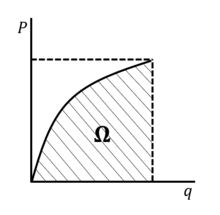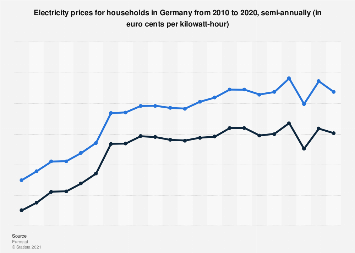Do you have any idea about the world’s biggest beat power accelerator?

Beat power accelerator
Sandia works the world’s biggest beat power accelerator,1,2 the “Z” office, this high electrical force, multiple times the nonstop electrical producing limit of the whole politically influential nation’s plants, can be utilized to pack make a difference to outrageous tensions that enormously surpass 1 × 106 occasions climatic strain (1 Mbar). Plasmas can likewise be made that are exceptionally productive radiators Pulse Power in the x-beam system. All things considered, Z is utilized for a wide scope of high energy thickness (HED) physical science tests spreading over radiation source improvement, radiation-driven science, dynamic material properties, magneto-inertial combination (MIF), and inertial imprisonment combination (ICF). Z has been a motor of disclosure, and surprisingly after 23 years of activity in its current arrangement. We study a portion of these accomplishments and finish up with a conversation of exploration openings for the following decade.

Beat power gas pedals
Beat force can be enhanced to deliver high-current (>10 Mama) or high voltage (>10 MV) and to create vivacious radiation going from delicate x beams (0.1–1 keV) up through gamma beams (1–20 MeV). Beat power gas pedals were created at Sandia and somewhere else during the 1960s to give research center radiation sources to weapon impacts studies.4,5 Lab testing was then expected to cost viably guarantee that the gadgets in atomic warheads would not be helpless against radiation from other atomic weapons. Z is one of the three-beat power offices at Sandia for this weapon impacts mission The Saturn facility8 is regularly utilized as a bremsstrahlung wellspring of 0.1–1 MeV x beams just as a delicate x-beam source utilizing a gas puff z-squeeze framework. The High-Energy Radiation Megavolt Electron Source (HERMES) III facility started working in 1988 and is utilized as a >1-MeV gamma beam source.
Inertial constrainment combination
Sandia started applying beat capacity to inertial constrainment combination in 1971 with an electron bar combination initiative.10–12 That work prompted the discovery, in 1977, of combination neutrons on the Rehyd gas pedal utilizing a plastic shell target containing a CD2 fuel wire. This “Phi target” was an early form of an immediate drive magneto-inertial combination target.13 The beat power ICF drive finished with the development of the 20-TW Molecule Bar Combination Gas pedal II (PBFA-II) in 1985 with the plan to pack round cases containing combination fuel to outrageous tensions. The gas pedal was improved to drive light particle radiates as opposed to electron radiates due to the more positive objective presentation dependent on forecasts of one-dimensional PC simulations.14,15 Accordingly, record radiation powers were created in the research center during the 1990s by disintegrating and compacting exceptionally enormous quantities of fine wires in a barrel-shaped cluster on Saturn.16,17 Such a wire-exhibit collapse is an illustration of a “z squeeze.” Expanding upon that achievement, in 1996 PBFA-II was changed over to Z to show the scaling of z-squeeze radiation sources, bringing about then-record delicate x-beam yields from beat power 18 In the last part of the 1990s, Sandia researchers started utilizing the super attractive tensions on Z to pack matter straightforwardly to the 1–5 Mbar range as a unique material stage and utilizing Z’s incredible radiation sources to drive extra tests situated around the x-beam sources.



